Eastland Center in Harper Woods, Michigan, opened in 1957 as a Hudson's-anchored retail complex designed by Victor Gruen Associates. It started as an open-air center.
The mall was enclosed in the mid-1970s and, in the 1980s, it added new anchors, a food court, and a cinema.
During the next twenty years, stores opened and closed, and the mall made periodic renovations that slightly altered the layout.
Ownership changed hands more than once. Kohan Retail Investment Group bought it in 2018, then sold it three years later to NorthPoint Development, which planned to clear out the remaining retail space and turn the property into industrial facilities.
Demolition started in 2022. By mid-2024, the site was redeveloped as the Eastland Commerce Center, a three-building industrial park.
As of 2025, the property is largely leased to automotive and logistics firms, generating new tax revenue for Harper Woods and housing hundreds of jobs in manufacturing and distribution.
Origins and Opening, 1950s
Eastland Center opened in 1957 in Harper Woods, developed by the J. L. Hudson Company.
Designed by Victor Gruen Associates, it followed the postwar model of a suburban shopping center, with Hudson's as its anchor.
The layout was open-air, with wide walkways and landscaped areas between stores.
Tenants included national apparel chains, shoe stores, and service shops, organized around Hudson's at the core.
Public art played a visible role from the start.
A bronze Lion and Mouse sculpture by Marshall Fredericks was commissioned for the center and installed as a permanent feature.
The opening week drew steady crowds from the Detroit metro area, marking the site as a retail destination in the northeast suburbs.
Parking was built on a large scale for the era, with surface lots wrapping the property.
The center's first years held to the original tenant mix, with local and national brands coexisting in the same concourse.
Department store advertising in Detroit newspapers promoted Eastland as a modern, convenient alternative to downtown shopping.
By the late 1950s, its operating model reflected the expectations of car-dependent retail, with easy road access and a range of goods under one property lease structure.
Its design set a pattern later repeated in other Hudson's-led developments across Michigan.
Enclosure and Expansion, 1970s to 1990s
In 1975, Eastland Center was fully enclosed and added a second anchor, JCPenney, with the dedication held on May 21.
The enclosed concourses, climate-controlled and roofed, opened officially on August 3, marking a shift toward all-season retail.
In February 1985, the Market East Food Court opened in the former Stouffer's space, consolidating dining into one visible, branded area.
That same year, in December, a seven-screen Eastland Mall Theatres complex opened in the east wing, bringing evening entertainment onto the premises.
On August 6, 1987, a new MainStreet department store, 130,200 square feet, opened on the mall's southwest corner.
That store was rebranded as Kohl's on March 19, 1989.
A broader renovation followed in 1993 with a facelift of the Market East Food Court, and on November 1 of that year, a two-level Montgomery Ward store opened as another anchor.
In April 1996, Target took over the Kohl's space after that chain closed in 1995.
By January 1998, Montgomery Ward had closed. JCPenney, an anchor since 1975, closed in 2000.
These changes reshaped Eastland's anchor lineup over two decades and introduced new functional zones for dining and entertainment.
Turnover and Repositioning, 2000s
In 1999, Eastland Center was sold to Shopco Advisory Group. The new owner focused on keeping occupancy high after Montgomery Ward closed in 1998.
In 2001, the original Hudson's was rebranded as Marshall Field's, and in 2006, it became Macy's.
September 2003 brought Sears into the former JCPenney space.
Around the same time, a Lowe's home improvement store was built as a freestanding addition on the site of the former twin theater.
In November 2004, Steve & Barry's opened on the first floor of the old Montgomery Ward building, taking a large footprint and drawing steady traffic.
In 2005, Shopco sold Eastland to Ashkenazy Acquisition Corporation, with Jones Lang LaSalle assuming management.
K&G Fashion Superstore opened in 2006 in a large anchor location.
Target, already a mainstay, completed a major renovation in 2007 that added a pharmacy, Starbucks, and Pizza Hut.
In September 2009, Burlington Coat Factory opened at the east end after a property facelift.
Smaller national retailers rotated through inline spaces, and local businesses filled some of the longer vacancies.
Parking lot resurfacing and lighting upgrades were completed during this period, marking visible upkeep as the center worked to compete with newer shopping destinations in the Detroit metro area.
Late Retail Era and Closure, 2015 to 2021
By the mid-2010s, anchor store closures became a recurring issue for Eastland Center.
Large spaces once occupied by national department stores were vacated, with some re-tenanted temporarily and others left unused.
In October 2018, the property was sold to Kohan Retail Investment Group, known for purchasing and operating struggling malls across the country.
Operational changes under the new ownership did not reverse the anchor decline.
Smaller tenants also cycled out, with vacancies becoming more visible in key corridors.
City officials and local media reported on declining retail activity and the challenges of attracting new major tenants.
In June 2021, NorthPoint Development purchased the site from Kohan.
Public statements confirmed that the property would be redeveloped for industrial use.
Plans outlined the full demolition of the mall structure to make way for new construction.
In November 2021, the interior of Eastland Center closed to the public.
Only exterior businesses with separate entrances remained temporarily operational.
The closure ended more than six decades of continuous enclosed retail operation at the site.
Demolition scheduling began shortly afterward, with city approvals and redevelopment incentives in place to support the transition from retail to industrial use.
Demolition and Site Conversion, 2022 to mid-2024
Demolition work on Eastland Center began in 2022 following approvals for the redevelopment plan.
NorthPoint Development's proposal detailed the replacement of the mall with an industrial complex totaling hundreds of thousands of square feet across multiple buildings.
The Michigan Strategic Fund approved tax incentives in January 2022 to support the project, citing job creation and an expanded tax base for Harper Woods.
Crews dismantled the interior structure before removing exterior walls and roof sections.
Parking lot areas were graded for new truck access routes and loading bays. Utility lines were rerouted to support future tenants.
By early 2024, steel framing for the new industrial buildings was visible from Vernier Road.
On June 3, 2024, photographs documented the completed buildings on the site, with paved lots, loading docks, and clear signage marking the Eastland Commerce Center.
Landscaping and fencing defined the new property perimeter.
While leasing announcements had begun prior to completion, the June 2024 images confirmed that the site was fully built out and ready for occupancy, marking the end of its physical transition from an enclosed shopping center to an industrial facility.
Eastland Commerce Center Leasing and New Industry, late 2024 to 2025
In late 2024, Avancez Assembly leased 224,500 square feet within the Eastland Commerce Center.
The firm's operation joined earlier commitments from Thai Summit America Corp., which had announced a 297,000 square foot manufacturing plant at the site in November 2023.
Additional tenants included Temco Logistics, with leasing activity reported at approximately 90 percent of available space by early 2025.
In January 2025, a Temco Logistics, California-based home goods delivery and installation company, leased 104,000 square feet in the complex.
The site's redevelopment generated more than $450,000 in annual revenue for Harper Woods.
It supported over 200 jobs in its first year of operation.
In March 2025, Fisher Dynamics announced plans for a 300,000 square foot facility at the property.
In July 2025, Sharrow Engineering announced production expansion there for its boat propeller line.
Each tenant used the site's new industrial infrastructure, including high-capacity loading areas and modern manufacturing space.
The leasing pace demonstrated demand for industrial facilities in the region, with the Eastland Commerce Center functioning as a multi-tenant hub less than a year after the final construction phase concluded.

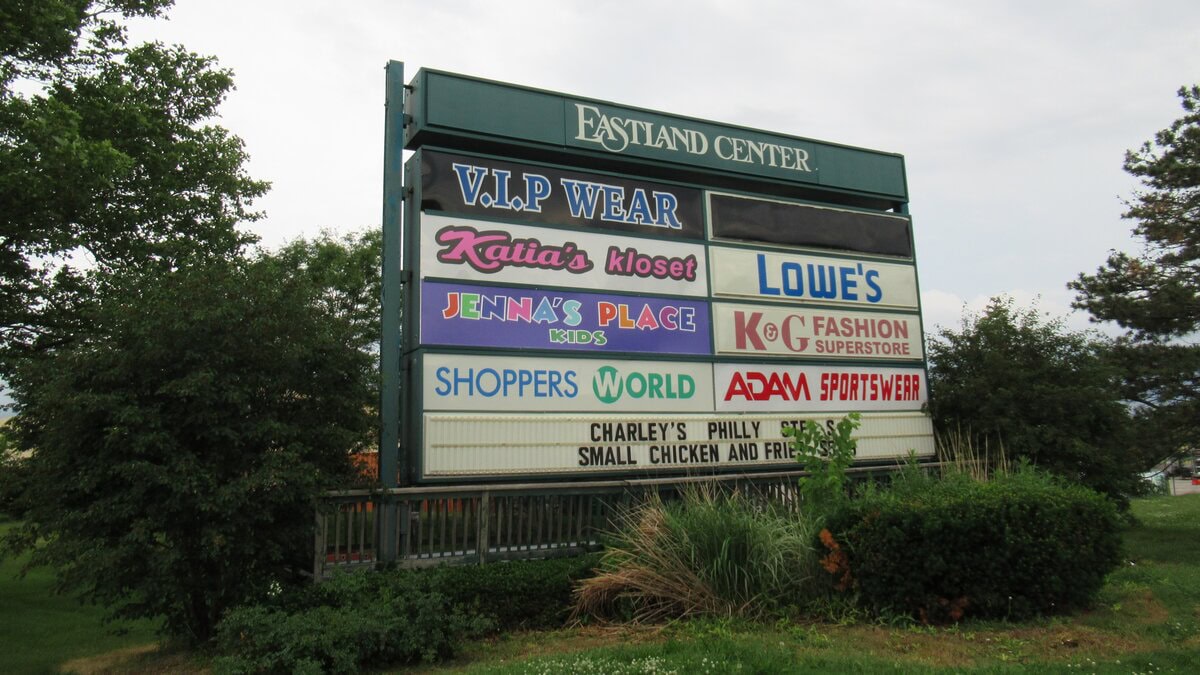

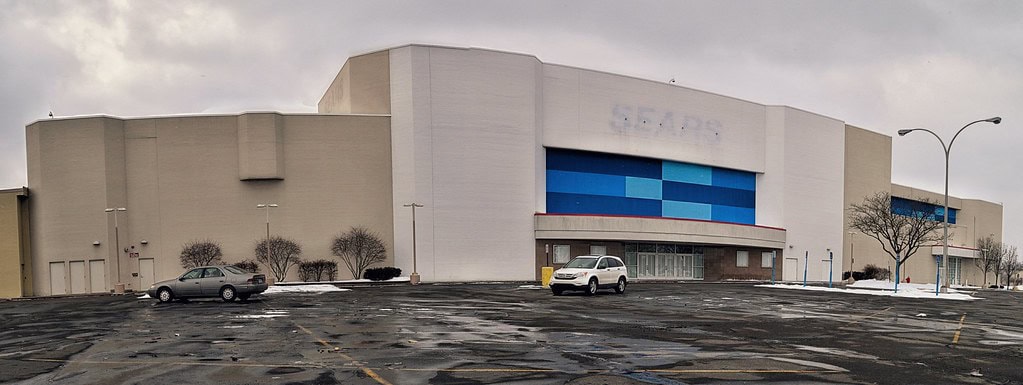
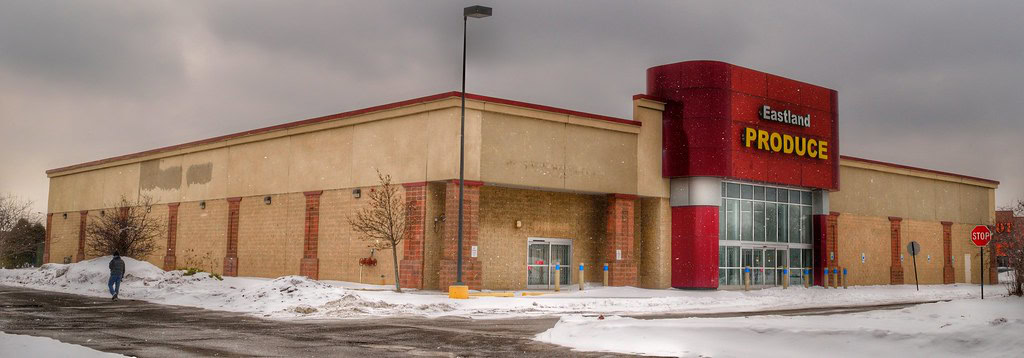
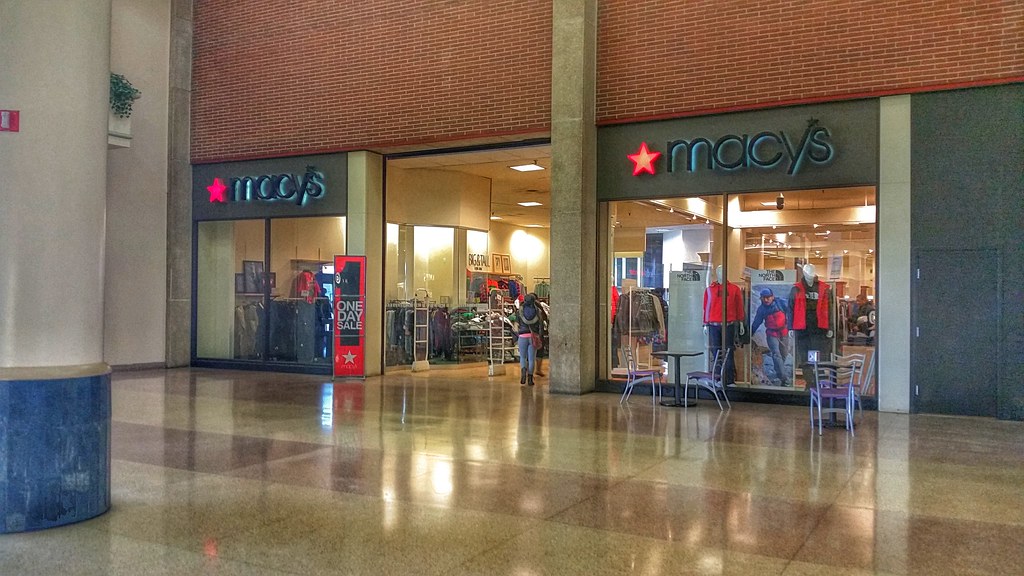
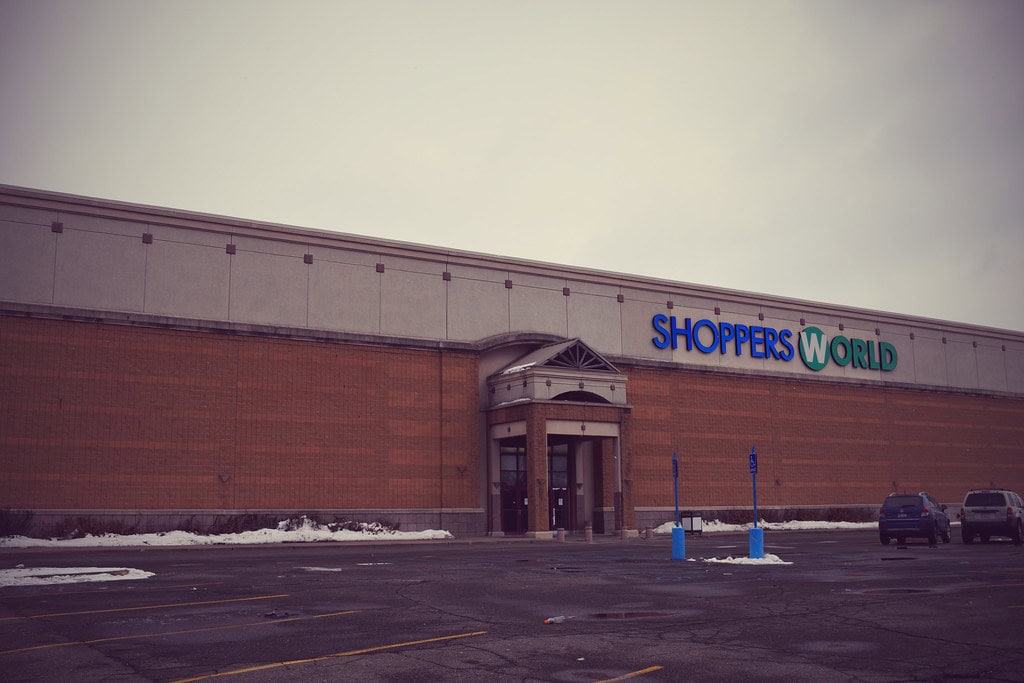
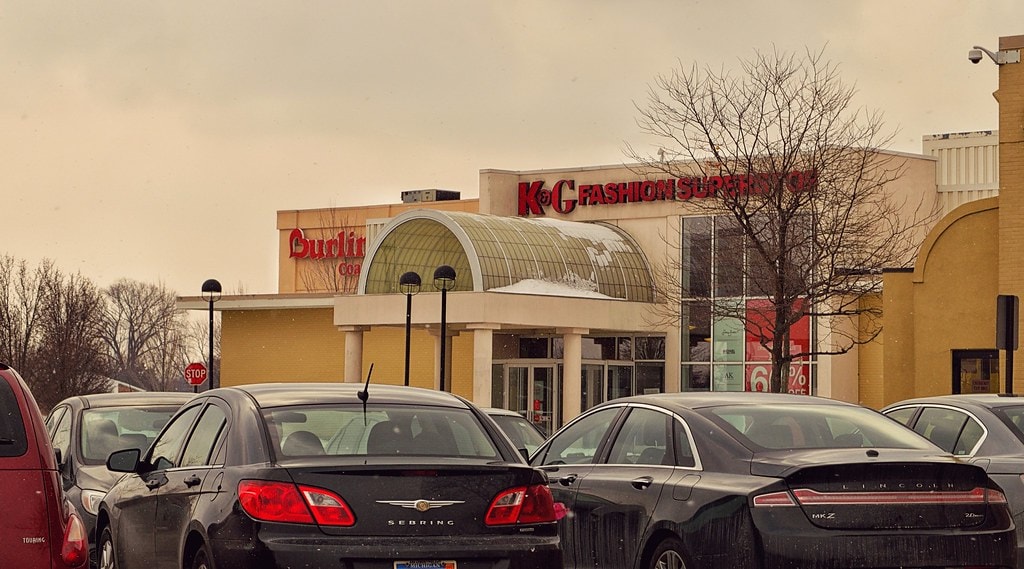
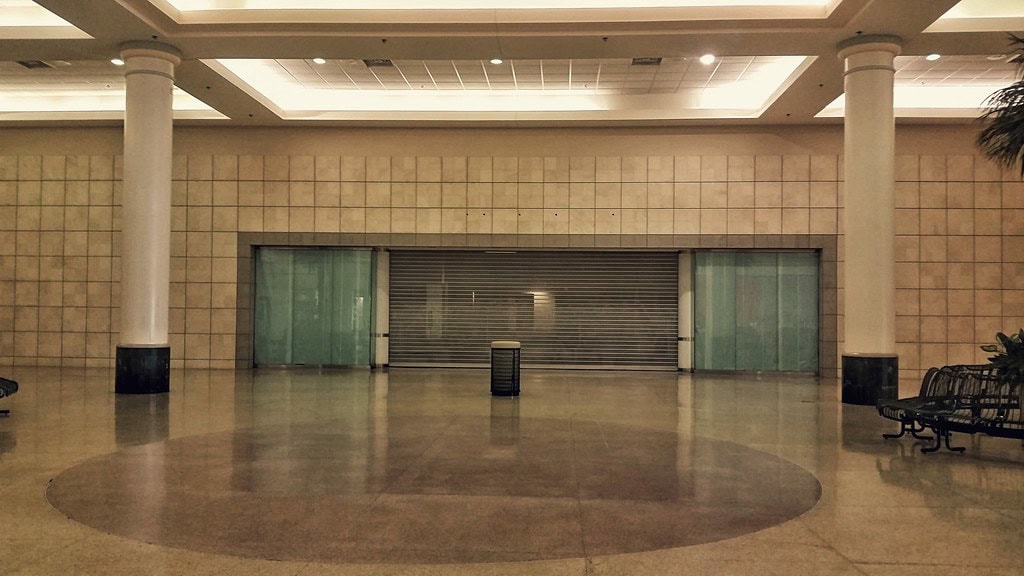
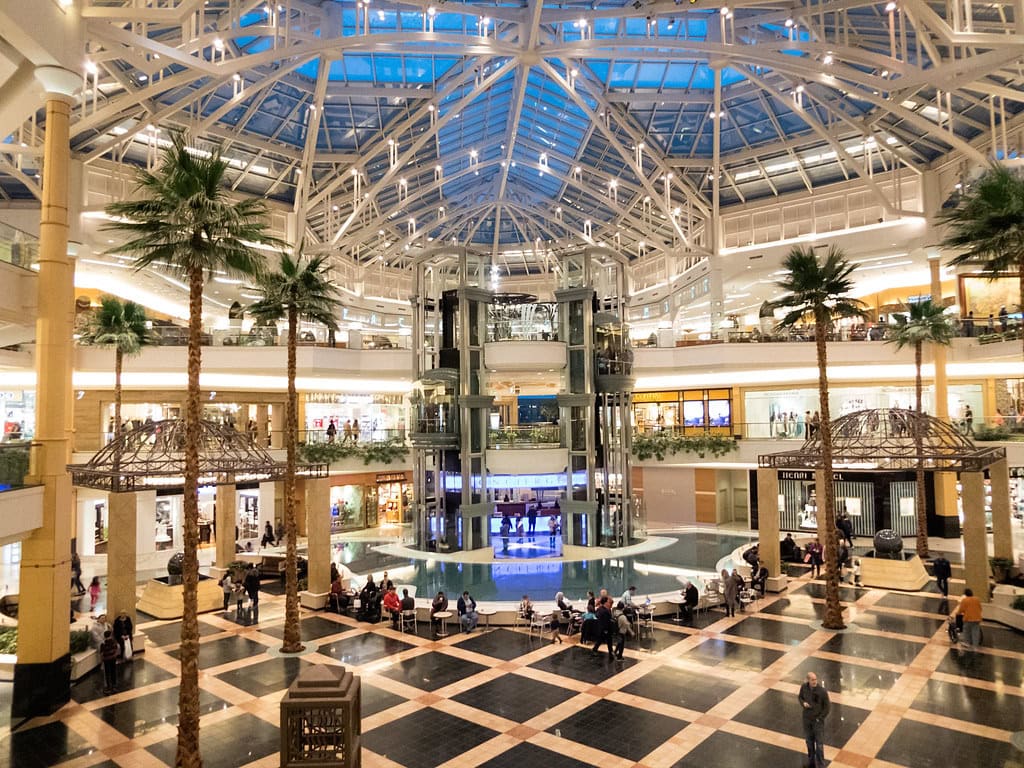
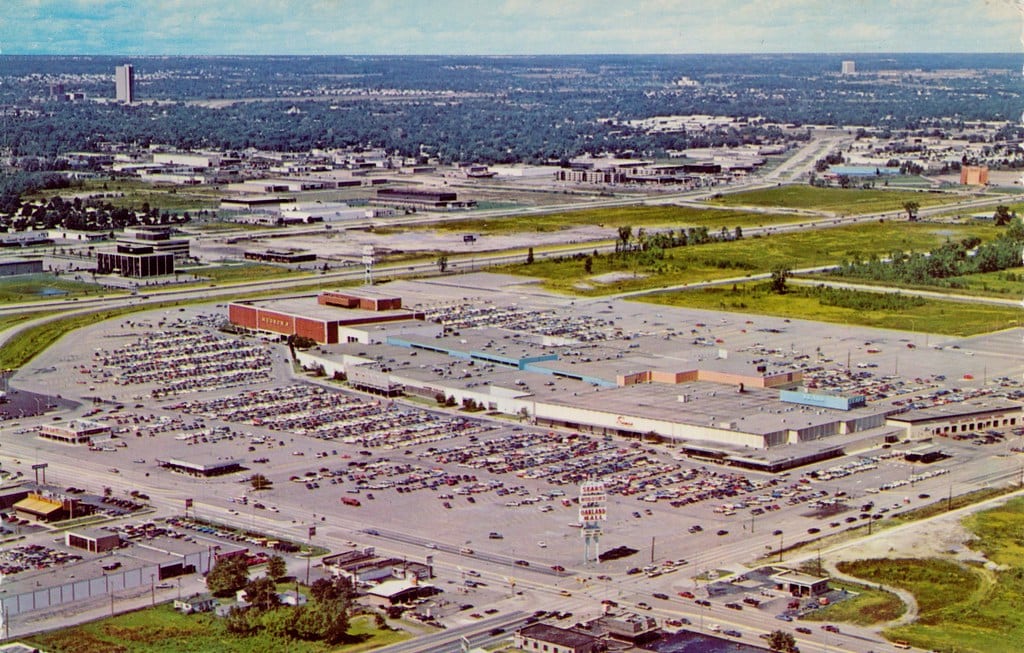
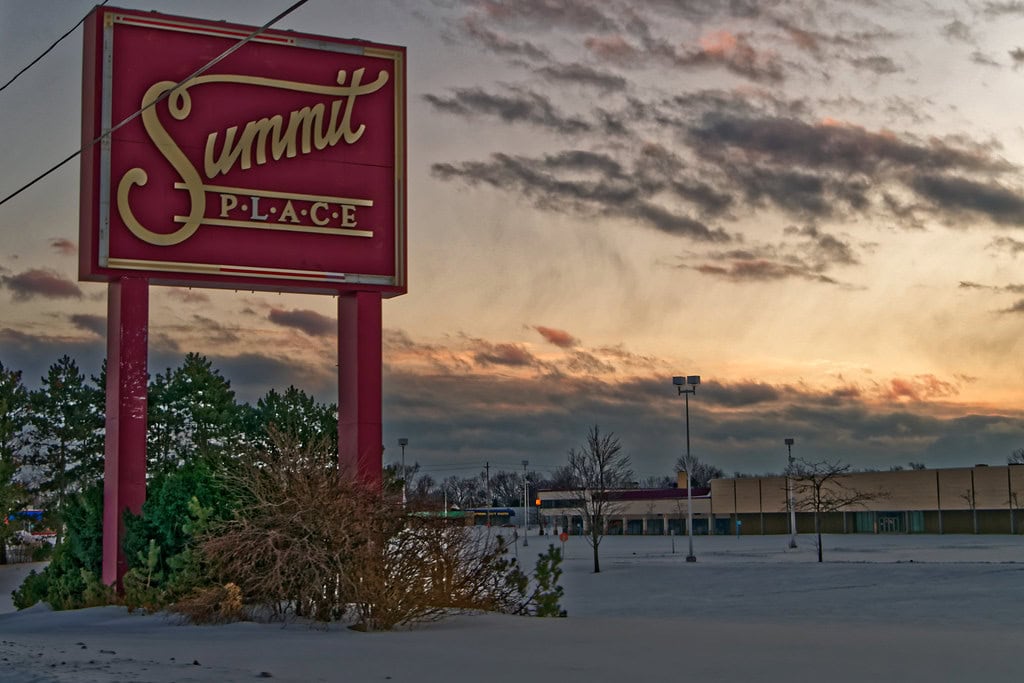
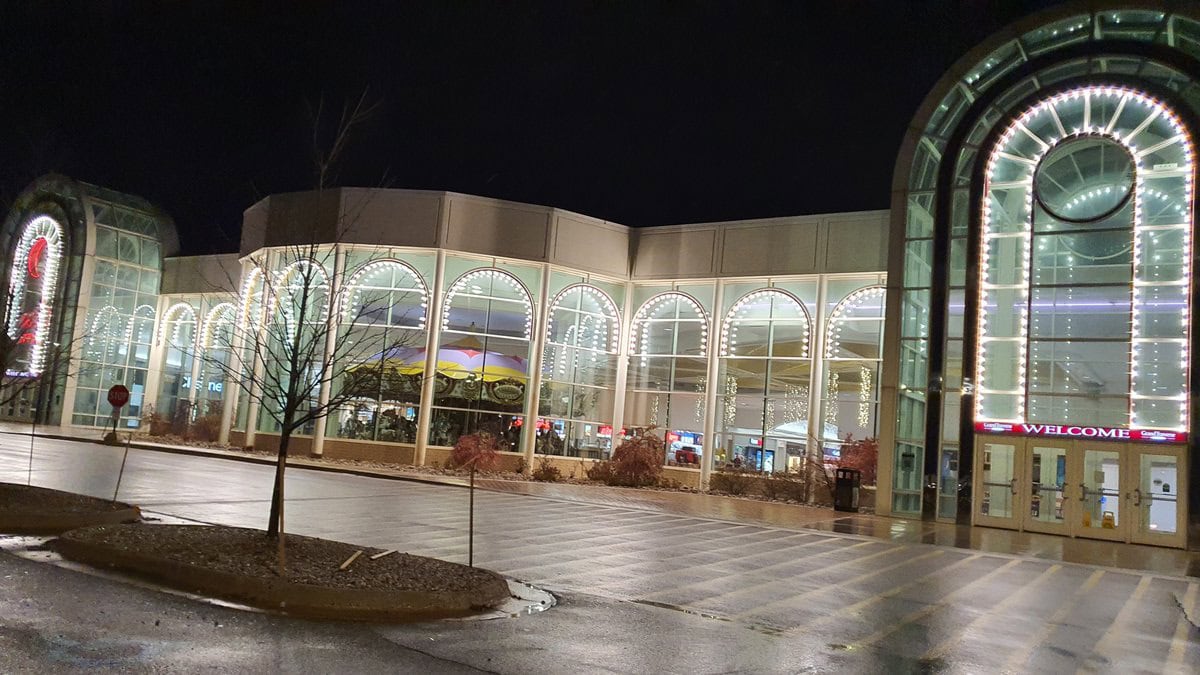
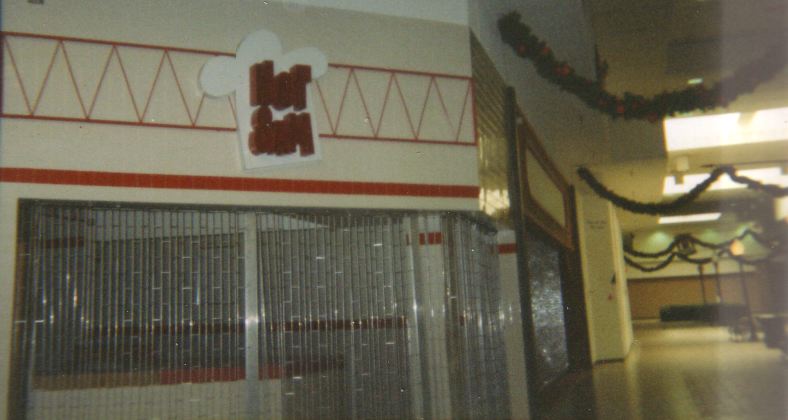
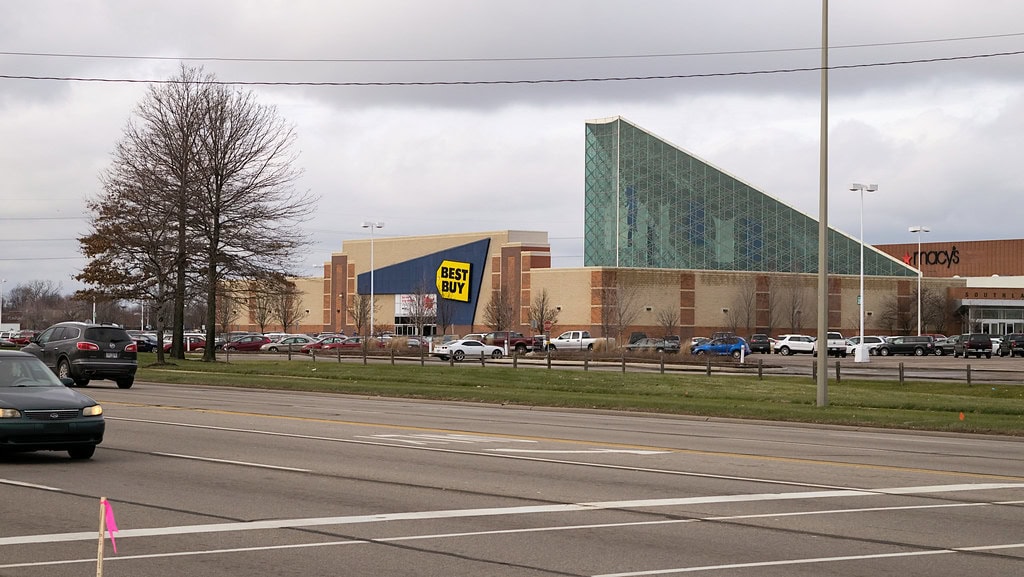
I grew up in Harper woods before the mall was built. I used to walk over from the high school (the one that was torn down)at lunch time. This was a great community to live in during the 40's,50's, and 60's when I lived there.
The decades you mention, the 1940s through 1960s, were Harper Woods in its confident years. Postwar growth, new homes, new schools, and eventually a mall. That arc is worth recording.